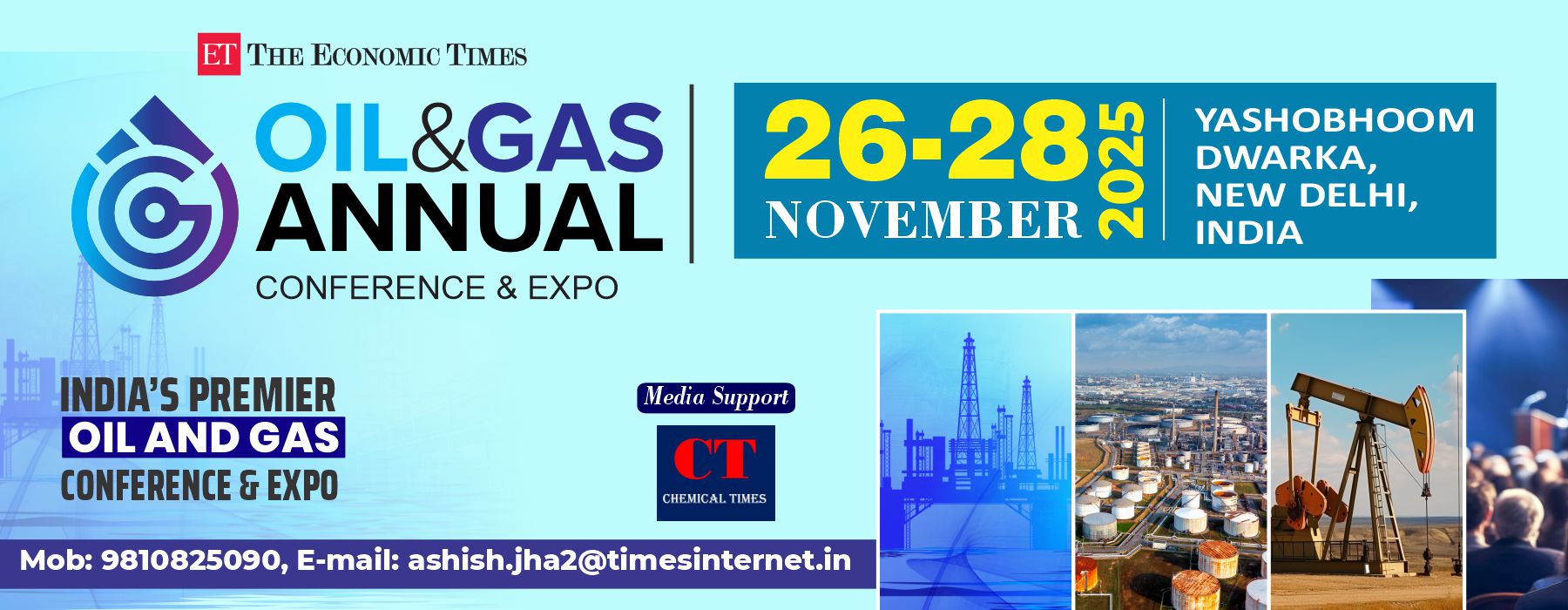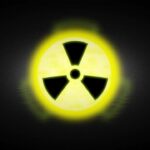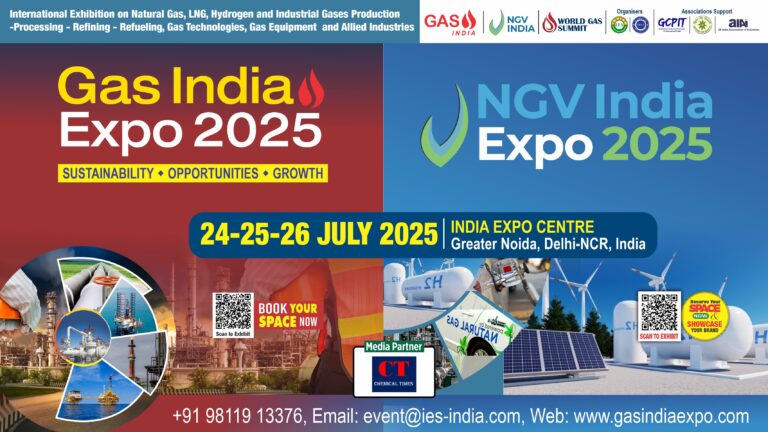As the climate crisis intensifies, most public discussions and policy debates focus on carbon dioxide (CO₂)—the most prevalent and long-lived greenhouse gas. Yet, quietly operating in the background is another, far more potent contributor to global warming: methane. This short-lived but powerful gas has become a growing concern among scientists, environmentalists, and increasingly, policymakers, due to its disproportionate impact on climate change.
Methane is the main component of natural gas, which is widely used for electricity generation, heating, and industrial processes. While natural gas has been promoted as a “cleaner” fossil fuel alternative to coal, that reputation is increasingly under scrutiny due to methane leaks occurring throughout its supply chain. These leaks represent a hidden climate threat that may drastically undercut the perceived climate benefits of natural gas.
This article dives into why methane is so dangerous, where these emissions come from, how big the problem really is, and what can be done about it before it’s too late.
Methane: A Short-Lived Super Pollutant
Methane (CH₄) doesn’t stay in the atmosphere as long as CO₂—about 12 years compared to CO₂’s centuries—but during its brief atmospheric lifespan, it is devastatingly effective at trapping heat. Over a 20-year period, methane is more than 80 times more powerful than CO₂ as a greenhouse gas. Over 100 years, it is still roughly 30 times more potent.
According to the Intergovernmental Panel on Climate Change (IPCC), methane is responsible for around 30% of the global warming that has occurred since the pre-industrial era. That makes it one of the fastest and most actionable levers humanity can pull to slow climate change in the short term.
Where Methane Leaks Come From
Methane emissions come from multiple sources, both natural and human-made. However, the oil and gas industry is the single largest industrial source of anthropogenic methane emissions globally. Emissions occur at every stage of natural gas production and use—from wellheads to pipelines, processing facilities, and end-use appliances.
1. Upstream (Extraction and Production)
During drilling and fracking, methane is released from underground formations. If infrastructure to capture the gas isn’t in place, companies may vent (release) it or flare (burn) it to reduce pressure and avoid explosions. Both practices emit greenhouse gases, and venting is especially harmful.
2. Midstream (Processing and Transport)
At this stage, methane leaks from compressors, valves, dehydrators, and pipelines. Much of this infrastructure is aging, poorly maintained, or monitored infrequently—leading to chronic emissions that can go unnoticed for years.
3. Downstream (Distribution and Usage)
Even after gas reaches homes and businesses, leaks continue. Residential appliances, gas stoves, and furnaces can emit small but persistent amounts of methane. Distribution pipelines under city streets also leak, sometimes heavily, especially in older urban systems.
The Scale of the Problem
Quantifying methane emissions has always been challenging due to the gas’s invisible and odorless nature. Historically, government and industry estimates relied on models and outdated measurements. But recent advances in satellite technology and atmospheric monitoring have revealed a stark reality: methane emissions are vastly underestimated.
A pivotal 2018 study published in Science found that methane emissions from U.S. oil and gas operations were 60% higher than reported by the Environmental Protection Agency (EPA). That gap matters—because even a seemingly small 2.3% leak rate is enough to negate the climate benefit of switching from coal to gas.
In some major oil and gas regions like the Permian Basin in Texas and New Mexico, studies have measured leak rates above 3.5%. At that level, natural gas may have a worse climate footprint than coal, especially over the next two decades.
Large-scale leak events can be even more damaging. For instance, the 2015 Aliso Canyon gas leak in California released over 100,000 tons of methane into the atmosphere over four months, equivalent to the annual greenhouse gas emissions of over half a million cars.
Why Are Leaks Still Happening?
Despite the growing evidence and technological capability to address them, methane leaks persist. Several factors contribute:
1. Invisibility of the Problem
Methane is odorless and colorless. It doesn’t cause smog or acid rain and isn’t visible to the naked eye. That makes it easier for leaks to go undetected—especially when there is no regular monitoring.
2. Economic Disincentives
While methane is a valuable commodity, capturing and monitoring it requires investment. When natural gas prices are low, companies may opt for cheaper practices like venting or flaring instead of installing detection systems or upgrading infrastructure.
3. Regulatory Gaps
In many parts of the world, there are few or no regulations governing methane leaks. Even in countries with rules on the books, enforcement is often weak, and reporting is largely self-regulated.
4. Aging Infrastructure
In mature oil and gas fields, pipelines and facilities may be decades old. These systems weren’t designed with methane detection in mind and can become chronic emitters over time.
Technology Is Catching Up
There’s good news: advances in methane detection technology are finally making it possible to see what was previously invisible.
– Satellites
New-generation satellites, such as GHGSat, Sentinel-5P, and NASA’s EMIT, can now detect methane plumes from space in near-real time. These tools are helping identify “super-emitters” across the globe and increase accountability.
– Aerial and Drone Surveys
Airborne infrared cameras and laser-based sensors mounted on drones can fly over wellpads and pipelines, locating leaks quickly and efficiently.
– Continuous Monitoring
Low-cost sensors can now be installed on-site to provide 24/7 leak detection, enabling operators to fix problems before they become major sources of emissions.
– AI and Data Analytics
Machine learning tools are being used to analyze vast amounts of methane data, predict where leaks are most likely, and optimize maintenance schedules.
These tools are rapidly becoming more affordable and accessible, but voluntary uptake remains low without regulatory or financial pressure.
Global Action: The Methane Moment
Recognition of methane’s outsized climate role has grown dramatically in recent years. The Global Methane Pledge, announced at COP26 in 2021, commits over 150 countries to cut methane emissions 30% by 2030. If fully implemented, this could prevent 0.2–0.3°C of warming by mid-century.
The U.S. EPA has proposed tighter rules requiring oil and gas producers to detect and repair leaks and limit flaring. The European Union is advancing its own methane regulation framework, including standards for gas imports. Meanwhile, companies like BP, Shell, and ExxonMobil have pledged to reduce their “methane intensity” by investing in detection and abatement.
However, critics argue that voluntary pledges and proposed rules are too slow, too narrow, or too reliant on industry self-reporting. Real progress will require mandatory reporting, independent verification, and financial penalties for persistent emitters.
Why It Matters Now
Slashing methane emissions is not just a climate imperative—it’s also a public health, economic, and geopolitical opportunity.
Climate Benefits: Methane reductions can rapidly slow global warming, giving countries more time to decarbonize and adapt.
Health Impacts: Methane contributes to the formation of ground-level ozone, a pollutant that causes asthma, heart disease, and premature death.
Economic Upside: Capturing methane instead of losing it to the atmosphere can improve energy efficiency, reduce fuel loss, and create jobs.
Geopolitical Leverage: Countries with strong methane standards can influence global gas trade by requiring low-leakage certification for imports.
Conclusion: No More Blind Spots
Methane leaks may be invisible to the naked eye, but their effects on the planet are profound. In an era of increasing urgency over climate action, it’s no longer acceptable to ignore this short-lived climate pollutant.
Technology now makes it easier than ever to detect, monitor, and prevent methane leaks. What’s missing is the political will, stronger regulations, and public pressure to treat methane with the same seriousness as carbon dioxide.
As the world transitions to cleaner energy systems, relying on natural gas as a “bridge fuel” only makes sense if methane emissions are aggressively controlled. Otherwise, we risk building that bridge on cracked and leaking foundations.
Cutting methane is not a distraction from long-term climate goals—it is essential to achieving them. And the time to act is now.




